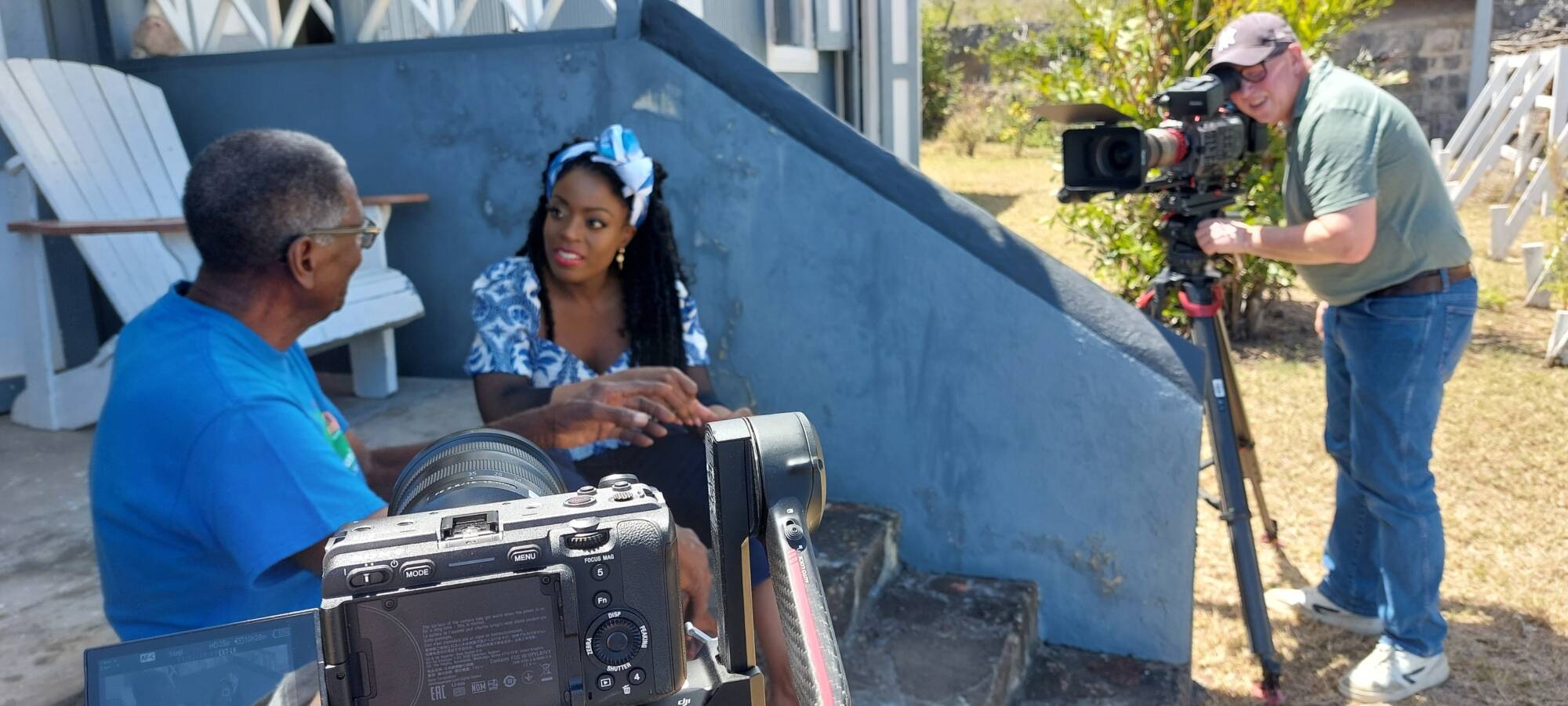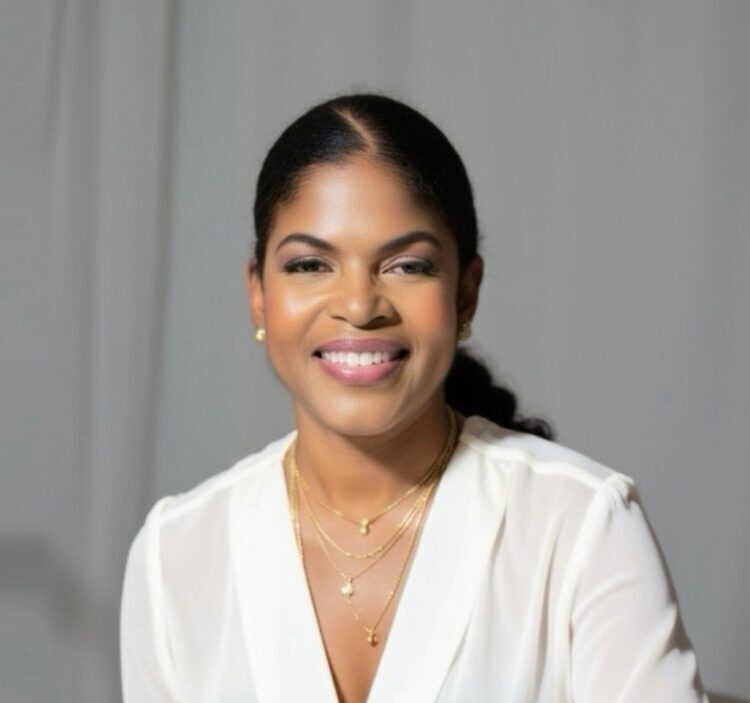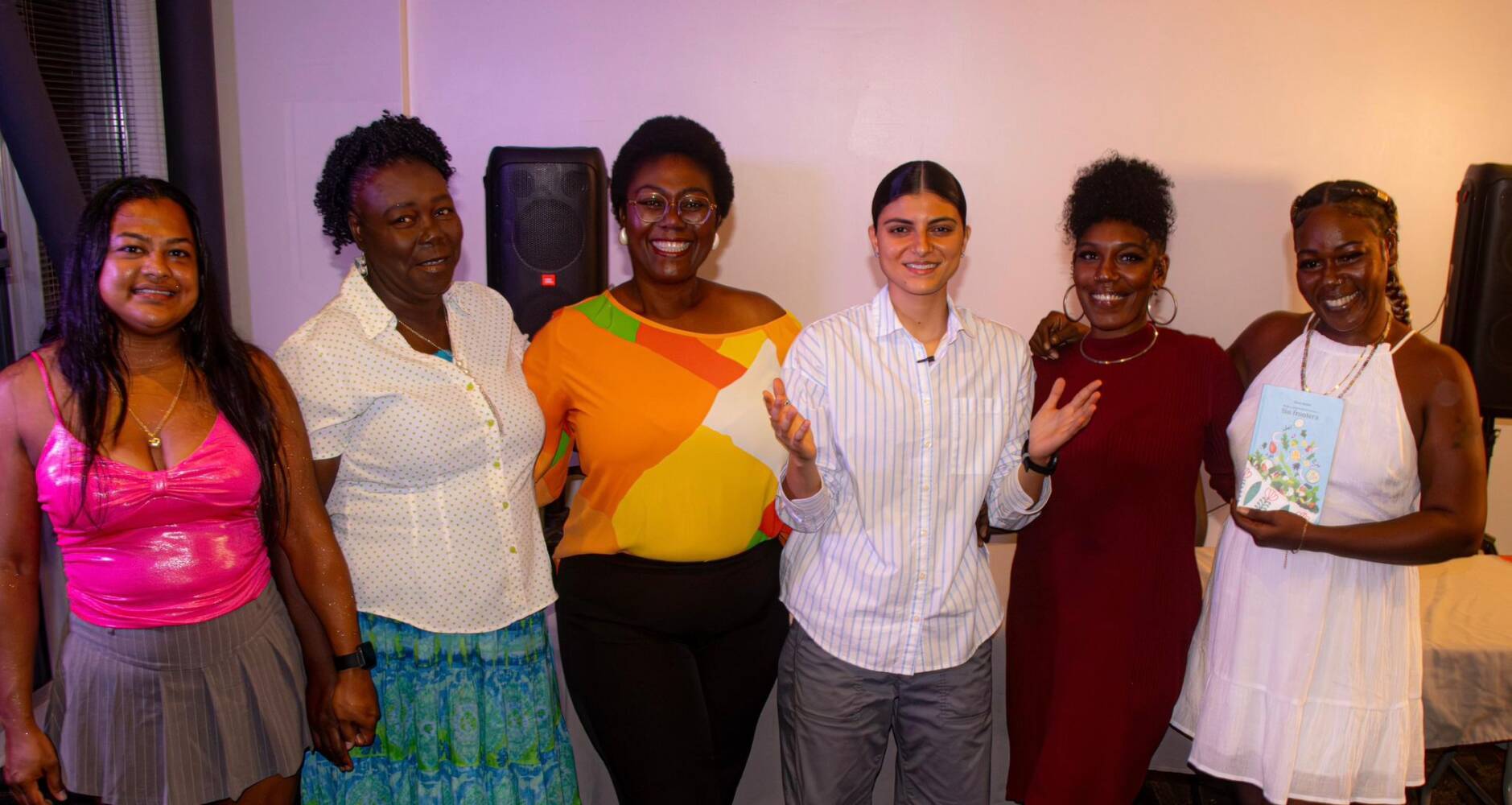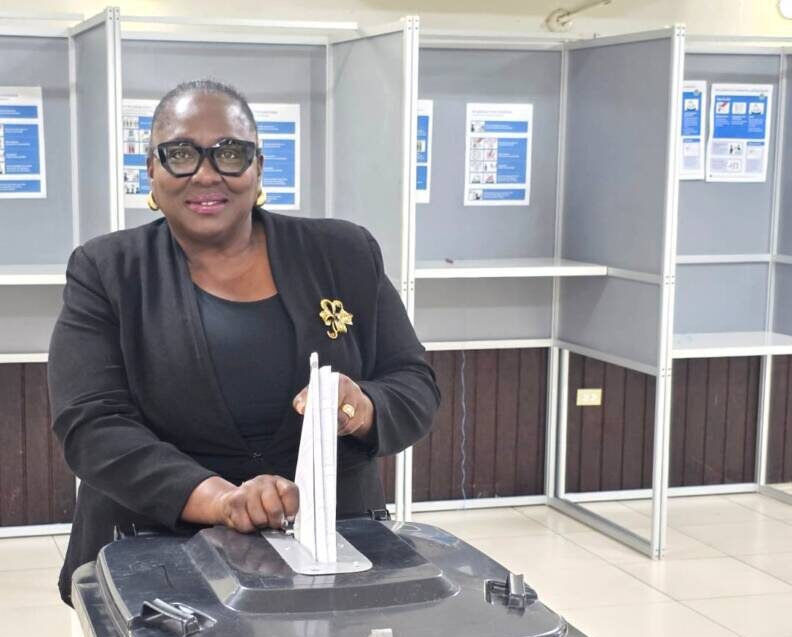Songstress Kizzy ventures out in the three part televisionseries Slavery and us to find the strength of the people from the Windward islands. She states that it was an emotional and inspirational adventure.
Dances, music, dishes composed with cheese rinds. But also hazardous attempts to escape the island by canoe and violent revolts. The enslaved have always been looking for ways to escape the system, to resist, and to guard their own culture.
Coming on to July first, the day on which the abolition of slavery is commemorated and celebrated, NTR and NOS produced a series about people on the ABC-islands, the Windward Islands and Surinam.
The Windward islands
Besides her talent for singing and presenting, Kizzy is also a teacher of the theater arts. She stems from a musical family. She was born in the Netherlands and raised in Curacao. “My mother is from Statia and my father is from Surinam. I eat pastechi and pastei. I know both Calypso and kaseko.”
In the series, Kizzy visits Statia and St Martin. “To be there, in that precise spot on Statia, where the captured enslaved arrived by boat, is incredibly impressive. You realize: This is where it all began.”
She continues: “They had no idea what awaited them. They were taken from their families and they had no clue what was waiting for them on this island….very emotional.”
Kizzy goes looking for the strength of the people on the island. “I don’t just see my ancestors as people who have endured or conquered slavery. People tend to forget that before they were taken into slavery they were artisans, artists, healers, and medicine men or women. They had their own language, identity, culture, and principles. We often forget that!”
One Tete Lokay
The artist Ruby Bute speaks in this documentary of St Martin’s national heroine, One Tete Lokay. She was an enslaved woman whose breast was hacked off. How much strength and courage does one need to try and escape again, to keep looking for freedom?
Ever since doing the series one question keeps haunting her, says Kizzy. “Who are the descendants of this indestructible heroine, One Tete Lokay? Who possesses her strength and her spirit? It is interesting to ponder who would be the One Tete Lokay of present times.”
The name Kizzy
“I try to live by my name”, says Kizzy. “My name means: Stay put, persevere, stay close to yourself. It’s from the world-famous series Roots, in which father Kunta Kinte gives his daughter one important lesson: Do not remain a slave.”
Kizzy was the first one who could read and write, it was forbidden for the enslaved to learn to read and write. That had to happen in secrecy. It was a quiet means of resistance from which she would benefit, later on.
“During slavery, there were so many heroes and heroines of whom we were taught next to nothing in school. Stories that inspire. Hopefully that will change.”
What she takes away from the series is the importance of education about history and culture. “Our shared slavery past shouldn’t be important to just me, but to all of us.”
Kizzy: “That goes for descendants of the enslaved but also for people who do not have that family history. It is also important because education will bring about more understanding. Empathy draws us closer together and helps us move on together.”
The series ‘Slavernij en wij’ can be seen on www.npogemist.nl








